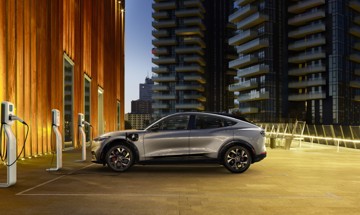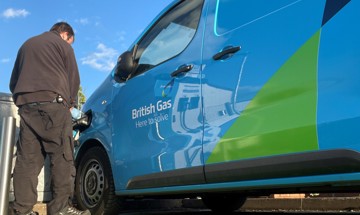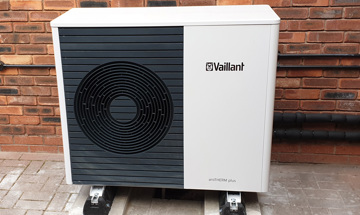It was reassuring to have the Prime Minister double down his commitment to renewables and to the UK tackling the Net Zero challenge headlong.
The Government’s 2035 green grid target is not just an opportunity to be more self-reliant in the UK in terms of energy, but to create a green economy of high quality, well paid jobs.
How we unlock battery storage will go a long way towards determining if it’s possible to decarbonise our power networks.
In the UK, Centrica has estimated between 40 and 50GW of flexible capacity will be needed to support the transition to renewables. That need not be entirely battery storage of course, everything from hot water tanks, to industrial demand response, pumped storage and gas peaking plants will need to be called upon, but it’s a fair assumption that storage will make up the lion’s share of this standby capacity - the National Grid ESO believes up to 25 GW of standalone battery storage will be needed in 2035 for instance.
Whether grid level batteries like the one Centrica operates at Roosecote, batteries mounted to garage walls or the storage capacity of electric vehicles that, by the end of the decade, are likely to be the rule rather than the exception – storing energy at times of surplus in order to keep the lights on during times of deficit will be key.
Whether new build or second life, both are necessary for the major shift needed to enable both homes and businesses to become the energy traders of the future.
Last week, we announced a deal to acquire a 30MW battery just outside of Aberdeen, that will work alongside offshore wind farms in the North Sea to smooth out the supply and demand curve, storing excess power for periods of time when demand outstrips supply.
In an ideal world, storage would have been built alongside every wind farm, but there is a reason why that has not happened, quite simply that the economics have not stacked up.
But the price of batteries is falling and now storage is a more attractive investment opportunity than ever. Key to this is access to new sources of revenue through Demand Side Response and participation in flexibility markets.
Centrica Business Solutions will own and operate the battery in Aberdeenshire, as well as participating in various capacity and balancing markets to enhance the revenue received from the batteries. We take a multi-market optimisation approach using our proprietary FlexPond™ platform, identifying opportunities to support the balancing of the grid network from months in advance right up to real time. This helps unlock the returns that we require for large scale energy infrastructure projects.
Increasingly, we’re seeing a combination of solar and battery storage used by larger businesses to mitigate the current high commodity prices and help manage fleet charging in a cost-effective way.
In a domestic setting, new batteries have been available for some time but take up remains low.
As such, unlocking home storage is dependent on two things. The emergence of bi-directional charging at scale, to encourage vehicle to grid or vehicle to load; and by encouraging the use of so called second life batteries.
The high-power demand required to provide propulsion for EVs means that batteries, which may no longer be efficient for use in EVs, have significant residual capacity that can be put to second-use in the home or as additional capacity for grid balancing services.
There is a danger that some of the environmental gains from the transition to EVs will be lost if we fail to manage the increasing volumes of EV lithium-ion batteries at the end of their useful life. In a circular economy, one in which we promote sustainable development and reduce waste, we should be harnessing the remaining capacity of used EV batteries in a useful way.
Whether new build or second life, both are necessary for the major shift needed to enable both homes and businesses to become the energy traders of the future.

Case Study
Electric vehicles are helping to drive a revolution in energy use
Tech & Innovation

Blog
The drive for Diversity in the UK Tech sector
Tech & Innovation

Blog
Hydrogen boilers will help us to reach net zero together
Tech & Innovation

Blog
Adapting to a Flexible First approach and the tech that will help us
Tech & Innovation

Case Study
Diary of a street charger – getting the most of an electric commercial vehicle
Tech & Innovation

Case Study
Will the hybrid heat pump help pave the way for a future of no gas?
Tech & Innovation
